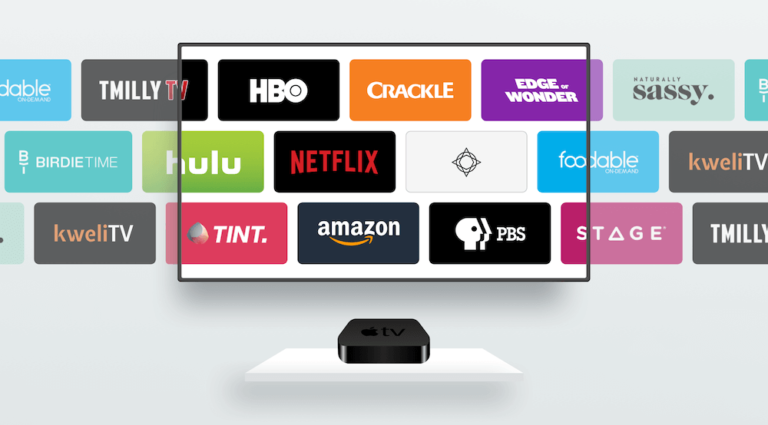OTT Platforms or over the top media platforms bypass cable, broadcast TV and satellite television. This allows everyone to have the opportunity to publish their content, regardless of the niche, though it forces you to do aggressive marketing to get the word out. Or you can market the content to your current audience, making money via subscriptions to access the content or asking them to pay on demand to see it. But you have to get the movie set up on the OTT platform before you can release it. Here’s what you need to know to release a movie on OTT platforms.

Understand the Strengths and Weaknesses of Each Platform
Each OTT platform has its unique strengths and weaknesses. Amazon has a large subscriber base, but it prefers exclusive content. Netflix is better for documentaries, but you’re also competing with their curated and internally created content. Yet they provide a massive audience. If you set up your own platform for streaming content, you don’t have to worry about censorship or commissions, but you’re completely responsible for its functionality. Stream hash gives you the same VOD options as Netflix, but you have more control over the user interface and deployment. The downside is that you have to find your own hosting partner. Uscreen is an all-in-one option, and it lets you sell single videos as well as host webinars. The downside is that it doesn’t have AVOD monetization. There are webinar hosting platforms that let you host videos free, but you need to do your research to find those that let you charge for the privilege of viewing content. Choose the right platform or platforms, and then you can worry about how you’ll release your content.
Understand the Process
The process will start by signing up for your chosen OTT platform. You may need to get approved to upload video. You’ll want to get familiar with the various options on the site, whether you’re limiting access to those who pay a subscription or offering video on demand. Choose your business model before you start uploading content. Learn what settings you’ll want the videos to have before you try to release them to the public.
The next step is video workflow management. The details will vary from platform to platform, but it generally involves uploading the video and entering the relevant metadata like movie name and distribution information. You’ll set up the movie as video on demand or freely viewed with ads or whatever business model you’ve chosen to go with. Then you need to do a quality check. This may be part of the formal workflow, or it may be something you do on your own. In some cases, you release the video to the public, and the platform processes it, adds it to the index and makes it live. In other cases, your content undergoes a review before they publish it.
Recognize the Benefits
OTT platforms have a number of benefits. You’re reaching an increasingly large and mostly younger audience that has cut the cable and used to consuming content through apps. You can release movies on your schedule, and it may be easier to do so than if you went through theaters. For example, there is no problem releasing a digital movie on a streaming service on October first, whereas movie theaters may try to schedule your release around the release date of the blockbusters. You also eliminate their fees. This allows smaller budget films to get distributed and often at a lower cost. Video on demand can tie into digital marketing and fundraising. For example, you could share a documentary online for free and post a link at the end asking them to donate to the cause. Or you could run digital ads and clicking on it takes them to the screen where they can pay for the movie.
Use product placement
To offset some production costs or to generate additional income producers should include product placement in their marketing plan – if the content is suitable, of course. The studies show that people consume more and more content on streaming platforms, which include binge watching. From a branding point of view binge watching, that could be several hours or several days long, can provide great results. Instead of placing a product into a 2-hour long movie or 20-minute episode of classic sit-com, you might be getting a weekend long exposure. If we’re talking about movies than the benefit is an ad-free environment where people can watch a movie at the most appropriate time at the coziest place and on the platform they use the most.
